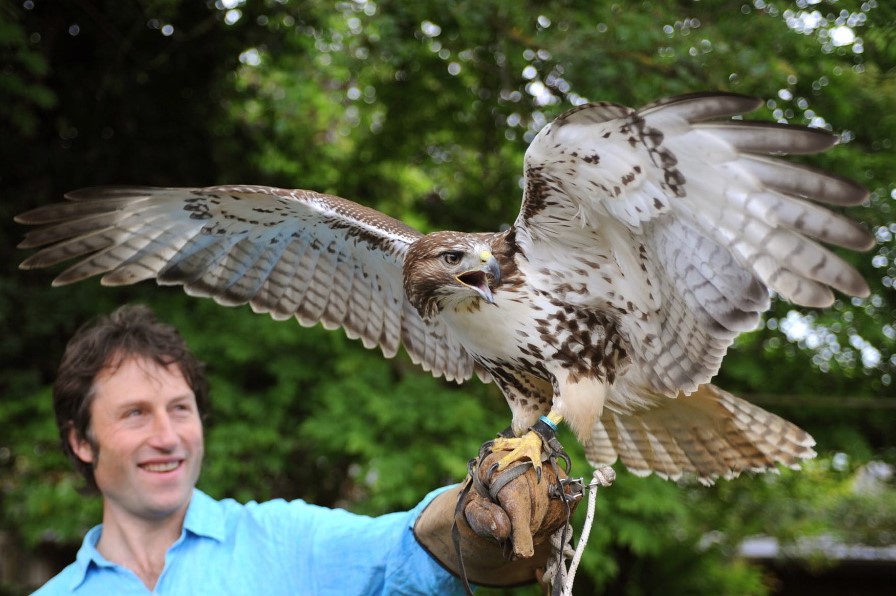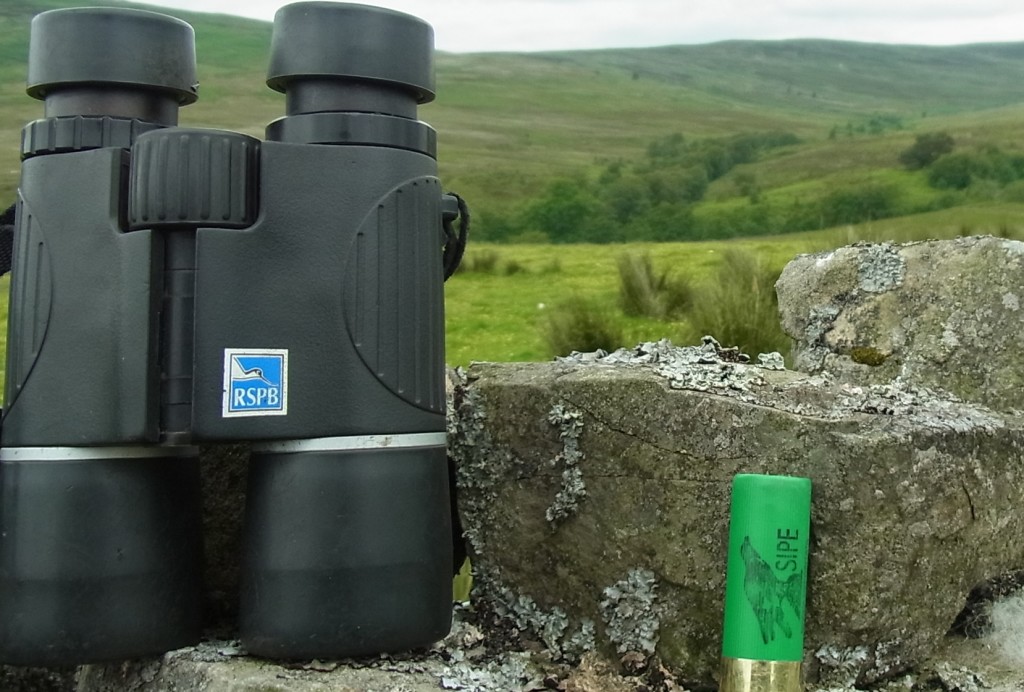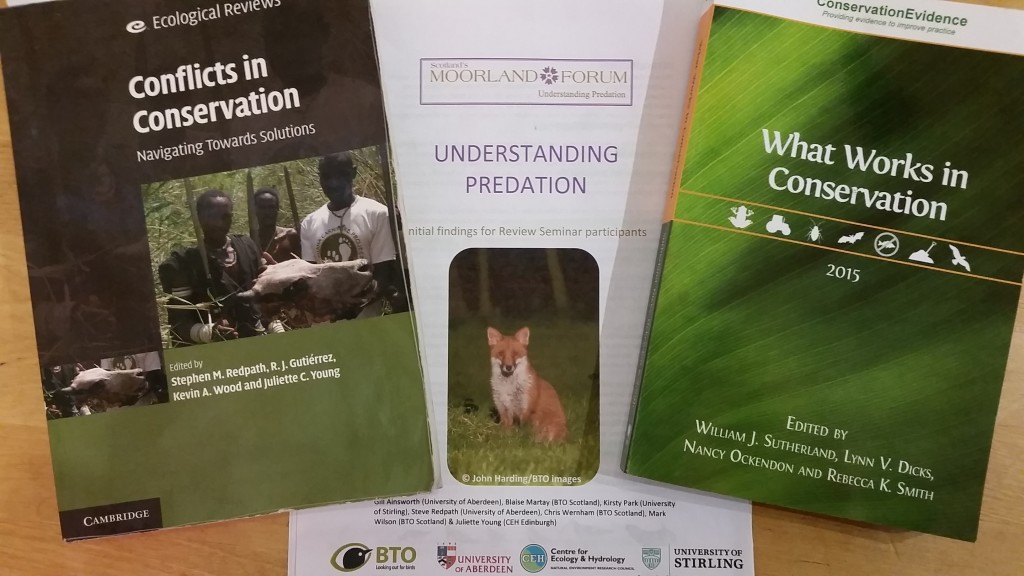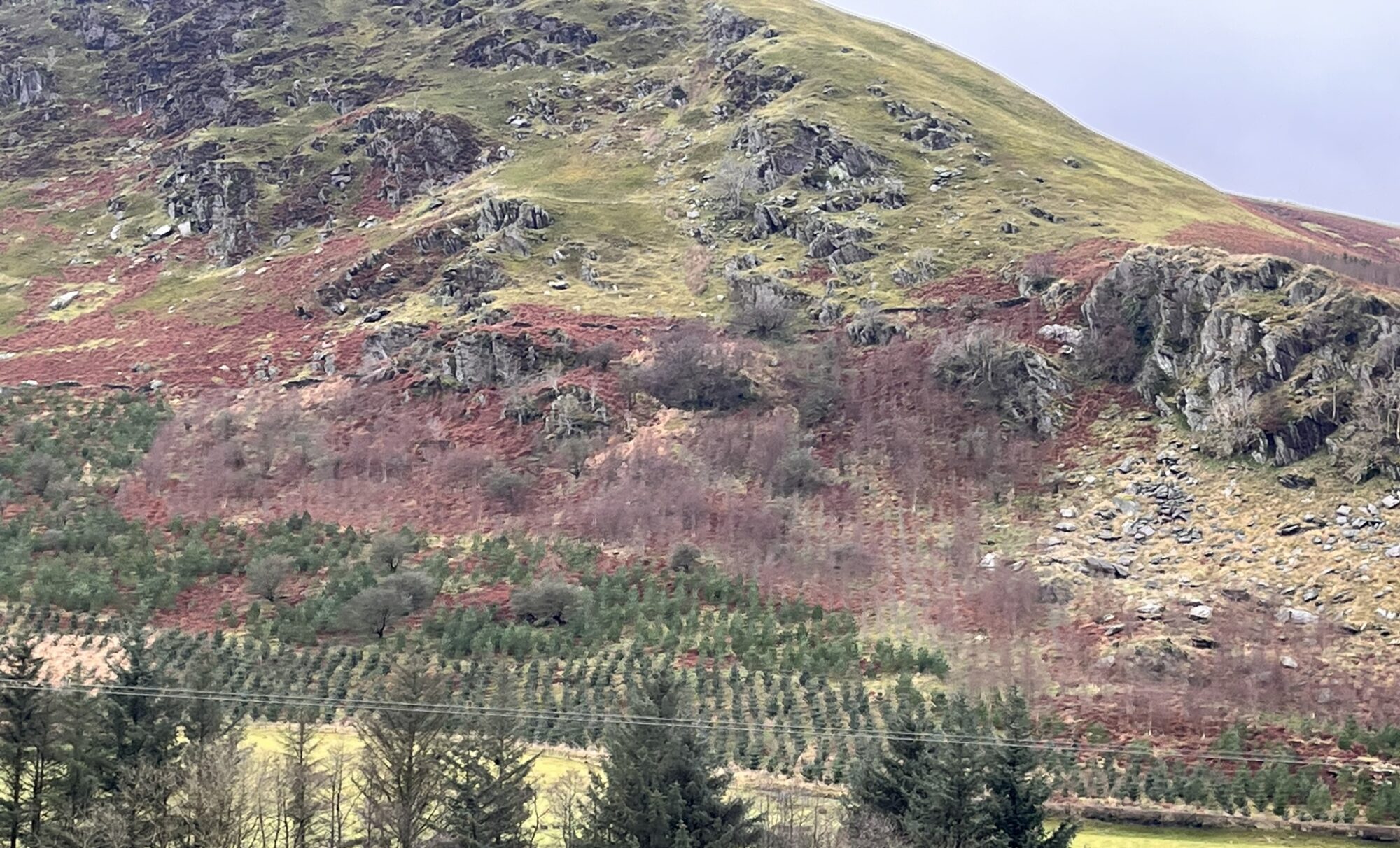My article in The Field was one of the toughest pieces I’ve written to date. Does an unhealthy thirst for adversarial positions feed conflicts in conservation?
Pitching the proposal was hard enough. Editors commission stuff that keeps their audience coming back for more. Whether to entertain, to reinforce views, to challenge (but not too close to the bone, please) or to provoke. It’s a tricky call for media editors. Whether to pursue popular ratings to fill the ‘warm-bath hour‘ or flog magazines to partisan readers – all to stay ahead of the competition.

Shooting Times or The Ecologist…we lean towards ‘tribal instincts that trump the careful weighing of facts’
Fight club conservation
Wildlife conservation is not above this competitive streak. It must compete for funds to complete projects that enhance the environment. Sometimes without too much attention to the human dimension of conservation.
They can fight their corner, while we paint ourselves into our corner. Alarm bells should be ringing.
Reference to ‘them and us’ and the word ‘fight’, all flag up potentially tense human interactions. Which soon convert into entrenched positions with negative outcomes for either wildlife conservation or human livelihoods.

Humans behaviour, eh!
Rather than acknowledge the various human interests, we tend to turn towards natural science in providing definitive answers to complex and seemingly intractable issues. From fracking (gas) to hacking (harriers), we take sides to defend our values, rather than weigh up all the evidence to make rational decisions for wider public benefits.
Hold the book!
There’s a text book (What works in conservation) which gives the green light to feeding, hatching and translocating raptors, but in….

…a world in which wildlife coexists with differently judged human activity, interventions involving raptors may be threatened with a red card.
The key word in the title of the book I reviewed ‘Conflicts in Conservation: navigating towards solutions‘ is the fourth word. It is time to recognise these tensions and channel their energy towards a reconciliation of different interests. How brave it would be if we put down our ‘position statements’ to seek unbiased, independent leaders to utilise tools in non-judgemental neutral spaces to enable parties to navigate – informed by natural and social sciences and local knowledge – a way out of these conflicts.
[‘Ending the Conflict’ in The Field or hard copy pdf and piece in The Times]
UPDATE – in memory of Georgina Mace who died this month (Sept 2020) and who wrote the forward to ‘Conflicts in Conservation’. A legacy which I aim to continue.

Where we have common interests reconciliation between competing groups is often a matter of language – especially when we can purge it of emotional overtones.
Where we have competing interests understanding the issue is not enough. Decisions are made by political stratagems that have less to do with the specific issue and more about the image politicians think will win votes. Democracy may have the virtue of enabling us to get rid of governments but it is a tool where the ability to inspire fear is more effective than to get the analysis right.
As we both know, one of the key problems in encouraging conciliation is getting ‘all sides/camps’ in the same room together. Perhaps, rather than inviting a ‘conservationist’ to a farming/shooting event or vice versa we should begin to seek out those areas of common concern that will attract equal numbers and base face to face events around this quest. I haven’t yet worked out what those areas should be but we should look to find them.